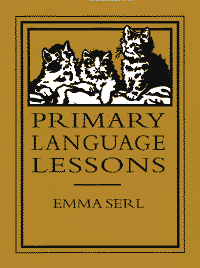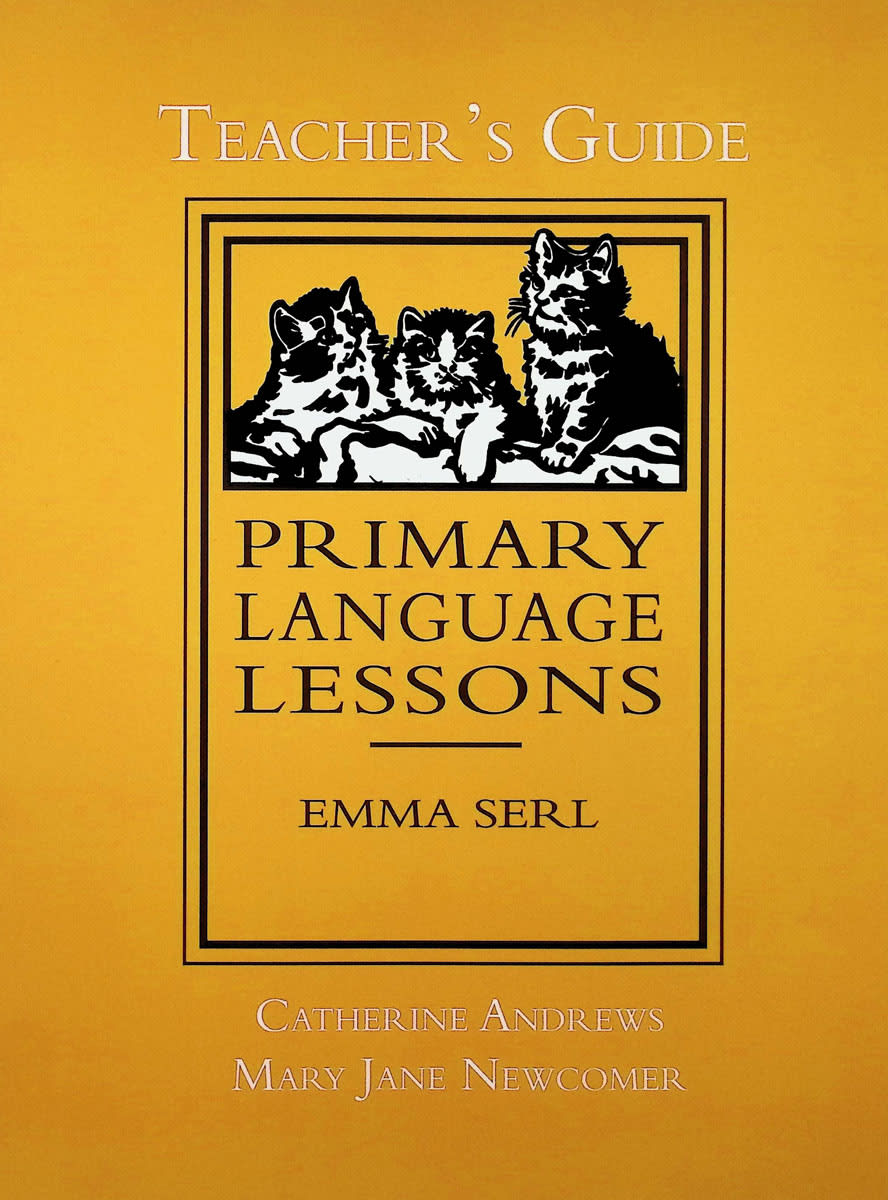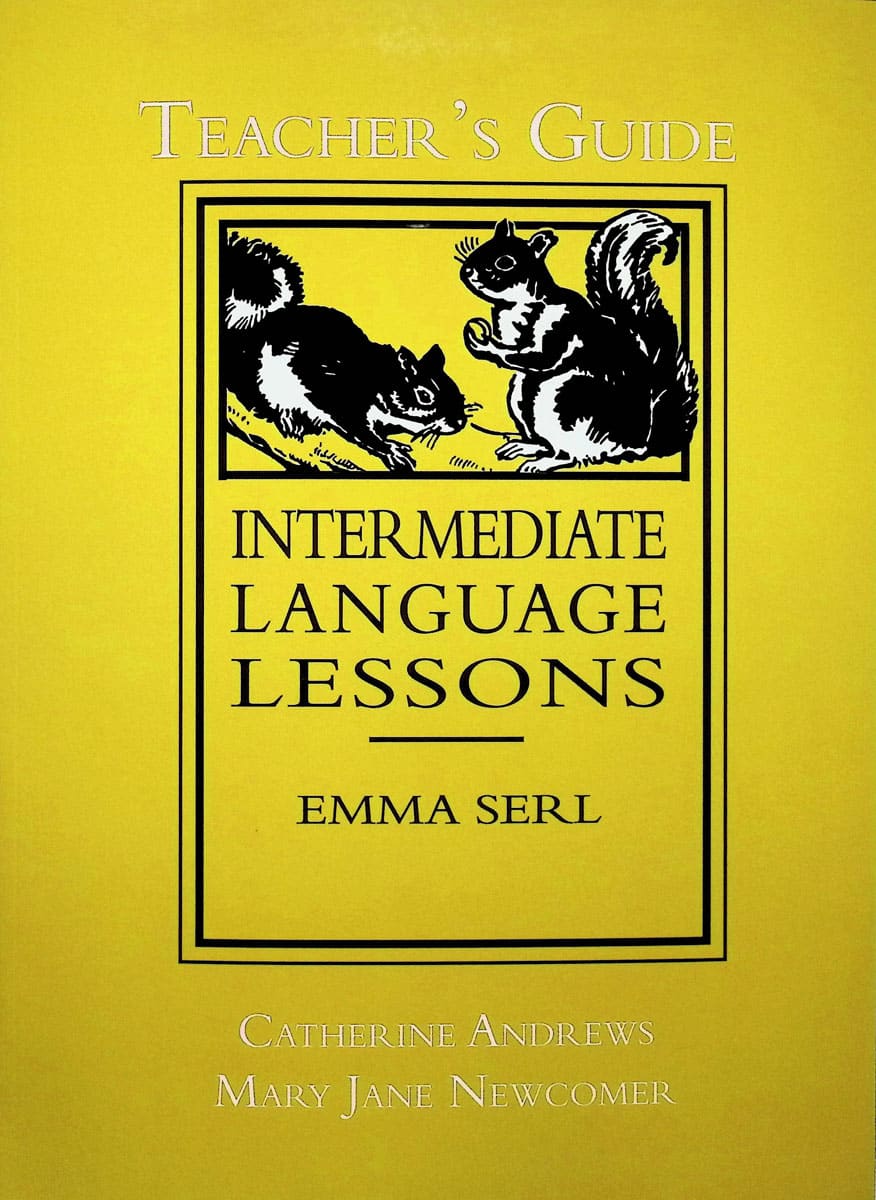Charlotte Mason aficionados are likely to appreciate these reprinted language textbooks from 1911 and 1914. They incorporate narration, dictation, nature lessons, and memorization of poetry in ways that would be in keeping with Mason's ideas. Specific grammar and composition lessons are intermixed to create a very balanced approach to language arts. Beautiful artwork reproductions (in black and white) are used as the basis for a number of lessons as are myths, legends, fables, fairy tales, historical vignettes, biographies, Bible stories, and nature lessons. Like many school books written around the turn of the last century, they include occasional mention of God but none of Jesus that I found. Bible stories are presented in the same vein as other selections, so I would consider these books Christian-friendly but not overtly Christian.
The books have been reproduced almost exactly as originally written. One exception I noted was that addresses for envelopes and letter writing are mostly (but not all) updated to our present post-office-approved state abbreviations. The age of the books does create some interesting and unintended consequences for modern day children. Nature and everyday life in an agrarian society are common topics throughout the books, but especially in "Observation," "Conversation," and "Information" lessons. While farm children might readily answer many of the questions, children raised in the suburbs or in a city will likely have to research answers to questions like: "Name four parts of a harness" or "How does a rabbit sometimes injure trees" or "Tell how butter is made." Most families could create entire science lessons from some of the language activities! Some of the language is archaic or unfamiliar to modern children so use your judgment as to whether to skip or explain in such instances.
The first book is intended for second and third graders, while the intermediate book is for grades four through six. Primary Language Lessons (148 pages) deals with word usage, punctuation, capitalization, abbreviations, contractions, letter writing, memorization and recitation of poetry, retelling or rewriting of brief narratives, copywork, and dictation. Overall emphasis is upon proper word usage in both spoken and written communication.
Intermediate Language Lessons (344 pages) takes the above topics to more challenging levels and adds the study of parts of speech (although no diagramming is taught), debate (yes, that's correct), outlining, and a variety of composition skills including story writing. You will probably want to skip the lesson on telegrams in this book.
Parents will need to explain, direct, and interact with students on most of the lessons. These books are not for independent study even though students will have some assignments to complete on their own. While there are some matching and fill-in-the blank activities, these need to be done in separate notebooks since these are hardcover, non-consumable textbooks. Children have many writing assignments throughout both books, so I would suggest maintaining a binder or notebook for both grammar and composition work.
There are now modern teacher guides for each of these books with answer keys, extended activities and reproducible worksheets which make the books much easier to use.
Note that other Primary and Intermediate Language Lessons are available in other editions from Hillside Education, Living Books Press, and My Father's World.












